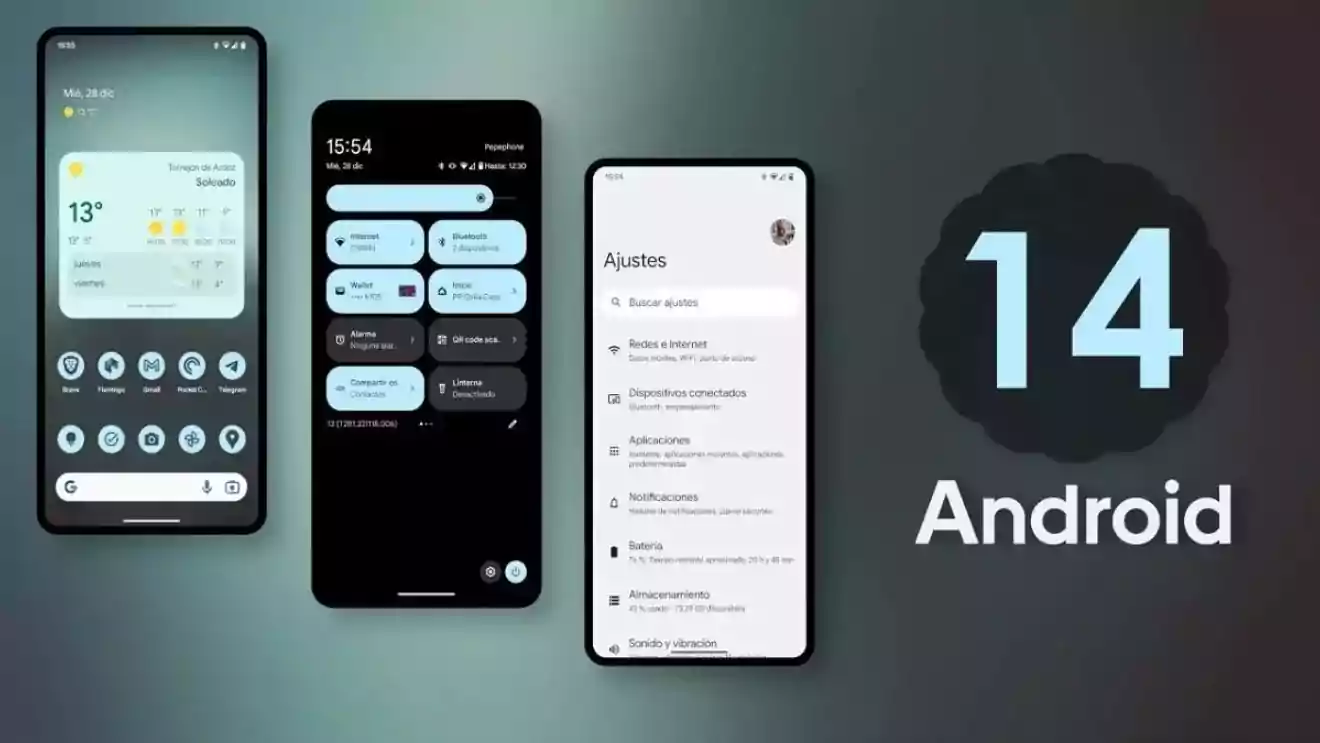Enterprise Enhancements: A Deep Dive into Android 14 Updates

As Android continues its evolutionary journey, version 14 heralds a new era of features and improvements tailored for the enterprise sector. This article offers enterprise developers a comprehensive overview of the transformations within the Android 14 platform and features available through Android Enterprise EMMs for Mobile Device Management.
Minimum API
From Android 14 onwards, apps targeting a targetSdkVersion below 23 cannot be installed. This move enhances user security and privacy since malware frequently targets older API levels to circumvent protections present in recent Android versions.
Device financing
Android 14 offers a feature for device financiers where they can preload a financing kiosk application. This application can lock the device if payments aren't made. While the financing kiosk app doesn't function as a DPC, it has the capability to set the device into lock task mode.
Simplified device policy conflict resolution
Android now allows several apps, including those for device financing and family controls, to set policies alongside the DPC. If there's a policy conflict, the strictest one will be applied. This means the final policy might differ from what the DPC originally set. However, DPCs will be alerted to any policy changes, helping EMMs stay updated on active policies.
User restrictions
Android 14 unveils a feature allowing restrictions to be set for all users. This can be initiated by the device owner or the profile manager of a company-owned device.
Cross-profile restrictions and improved experiences
Android 14 offers a more seamless way for apps to retrieve contacts and caller ID across profiles. Now, messaging apps can display sender names, whether the contact is from a personal or work profile. This feature also lets apps display work contacts directly in their contact list, eliminating the need to search. Developers must adapt their apps to this new API. Additionally, IT admins can now selectively choose which apps can access work contacts, offering more flexibility than the earlier all-inclusive approach.
Telephony Control
For company-owned Android 14 devices with work profiles, admins now have the discretion to allocate telephony features (like dialer, messages) either to the personal or work profile. Placing these functions in the work profile grants admins enhanced oversight, particularly beneficial for audit and logging activities.
Admin users
Android 14 enables users, beyond just the primary system user, to act as user admins and manage user additions or removals on the device. However, IT administrators might prefer to restrict this capability. For instance, an IT admin might want only employees to have admin rights, excluding acquaintances or family members of the employees.
Work profile screenshots
Android 14 ensures that screenshots taken from work profile apps are saved directly within that work profile, not the personal one. For split-screen views featuring both work and personal apps, the screenshot will be saved to the active app's profile, while the inactive profile's portion will appear blank. This modification aims to safeguard corporate data from unintentionally merging with personal data through screenshots. As a result, IT administrators may feel more comfortable permitting screenshots, enhancing user productivity.
Work profile apps available in search results
In the settings app, when users search for a specific app by its name, results will now display apps from both the work and personal profiles together.
Cross-profile intent UI improvements
In Android 14, the cross-profile intent picker has been refined. Previously, clicking on links like Google Maps or YouTube would default to opening in the work profile's browser unless the apps were installed there. This often resulted in a subpar user experience. Now, if a native app is present in the personal profile but not in the work one, Android 14 will prompt users to open the link in the personal profile by default.
Turn off work apps
In Android 14, shutting off "work mode" through settings or a launcher won't disable the work profile. Instead, it only pauses all notifications and apps within that profile, except for the DPC. This ensures the DPC stays active and continues to implement device policies even when "work mode" is off.
In conclusion, Android 14 is not just another update; it's a thoughtful advancement addressing both user experience and admin feedback in Android Enterprise. From refined cross-profile functionalities to ensuring constant policy enforcement via the DPC, this version promises enhanced security without compromising usability. As users and administrators adapt to these changes, it's evident that Android is continuously evolving to strike the right balance between productivity and protection.